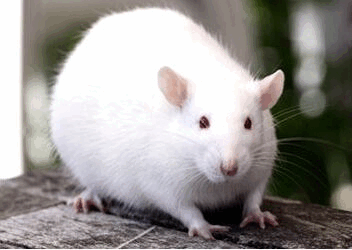TOXICITY PROFILING OF THE CO-ADMINISTRATION OF THE ESSENTIAL OIL OF PIPER GUINEENSE AND QUININE IN RATS
Keywords:
Biochemical, essential oil, hematology, histology, Piper guineense, toxicityAbstract
Background: The co-administration of medicinal plant products with orthodox drugs is not uncommon with a view to enhancing efficacy and improving treatment outcomes. However, reports indicated that such combinations may also enhance associated toxic effects. We recently reported that though the co-administration of essential oil of P. guineense (EOPG) and Quinine has the potential to improve treatment outcomes in experimental cerebral malaria, the observed deaths associated with higher co-administered doses necessitated the need for further toxicological evaluation.
Method: Rats were randomly divided into 12 groups (n=10), consisting of control, quinine, EOPG (12.5, 25, 50, 100, and 150 mg/kg), and their respective Quinine combinations. Control received vehicle (5% Tween 80 in distilled water), Quinine was given at a dose of 20 mg/kg stat, then 10 mg/kg twice daily for the next two days, while other groups were treated once daily for 3 days. All doses were administered intraperitoneally and rats were assessed for weights and novelty-induced behaviors (NIB). On day 4, rats were randomly sub-grouped into Treated and non-dosing Recovery (n=5) and sacrificed on day 4 and 18 respectively. Blood and organ samples were processed for hematological, biochemical, and histopathological evaluation.
Results: In this study, analysis of our results showed that co-administration of EOPG and Quinine revealed significant alterations in body and organ weights, rearing, grooming, and locomotion, as well as biochemical and hematological, and liver histoarchitecture, with potential for persistent toxicity.
Conclusion: We propose that the earlier reported death associated with the co-administration of EOPG with Quinine in experimental cerebral malaria may be associated with increased toxicity on the liver and risk of heart-related diseases. This study concludes that despite the beneficial effects of EOPG/Quinine co-administration at lower doses, caution is advised.

Peer Review History:
Received: 2 October 2023; Revised: 9 November; Accepted: 27 December; Available online: 15 January 2024
Academic Editor: Prof. Dr. Gorkem Dulger , Duzce University, Turkey, gorkemdulger@yandex.com
, Duzce University, Turkey, gorkemdulger@yandex.com
Reviewers:
 Dr. Gehan Fawzy Abdel Raoof Kandeel, Pharmacognosy Department, National Research Centre, Dokki, 12622, Giza, Egypt, gehankandeel9@yahoo.com
Dr. Gehan Fawzy Abdel Raoof Kandeel, Pharmacognosy Department, National Research Centre, Dokki, 12622, Giza, Egypt, gehankandeel9@yahoo.com
 Ahmad Najib, Universitas Muslim Indonesia, Makassar, Indonesia, ahmad.najib@umi.ac.id
Ahmad Najib, Universitas Muslim Indonesia, Makassar, Indonesia, ahmad.najib@umi.ac.id
Downloads

Published
How to Cite
Issue
Section

This work is licensed under a Creative Commons Attribution-NonCommercial 4.0 International License.









 .
.